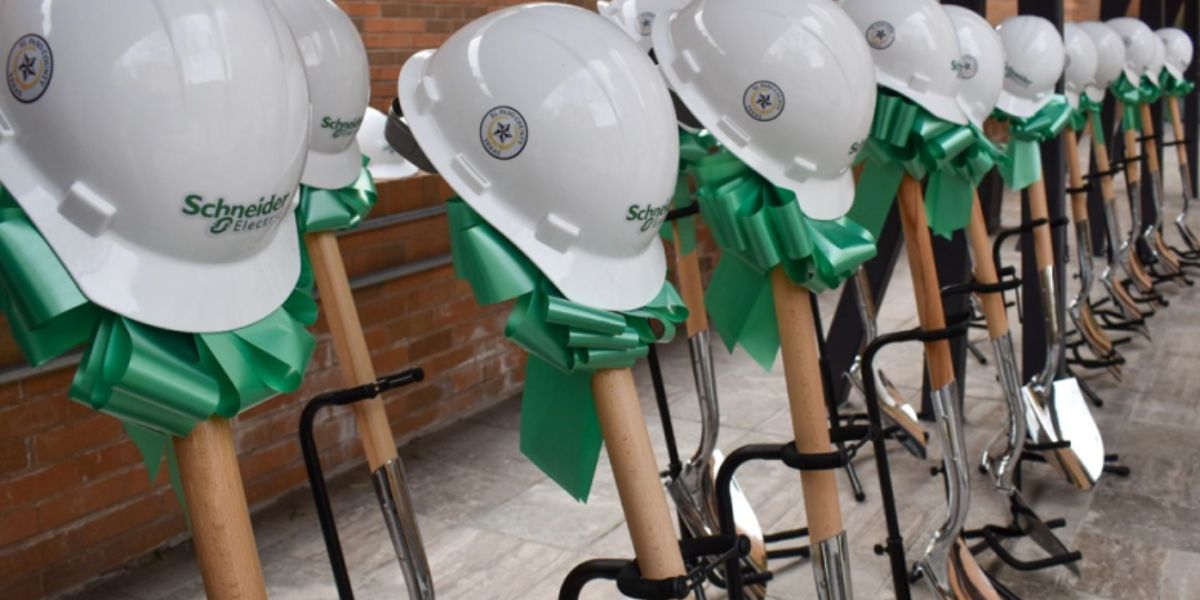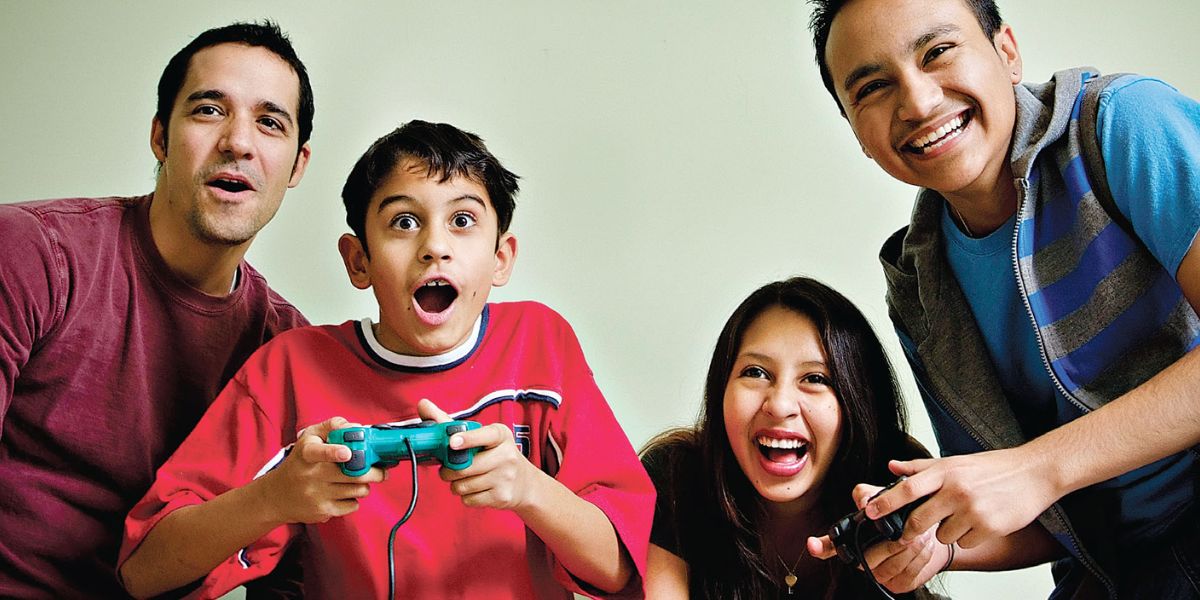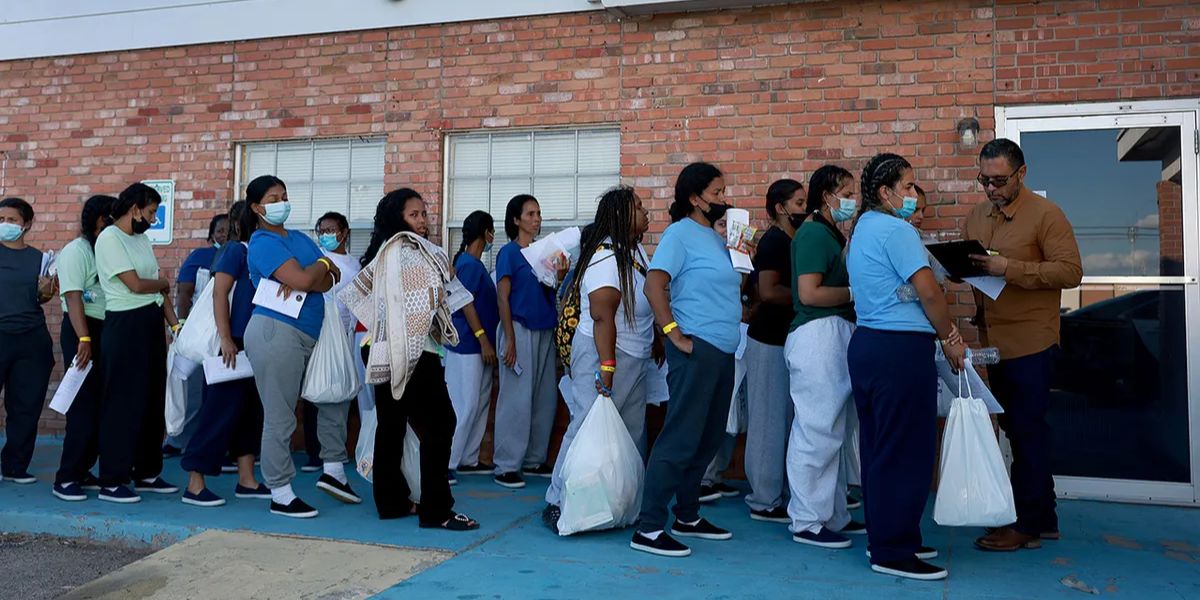El Paso, TX – Across Texas, a quiet revolution is changing how schools, neighborhoods, and justice programs handle conflict. Instead of punishment or isolation, more communities are embracing restorative circles — structured conversations where everyone affected by a conflict comes together to listen, reflect, and repair harm. In El Paso, this practice is helping transform classrooms, rebuild relationships, and strengthen trust between residents and local institutions.
What Are Restorative Circles?
At their core, restorative circles create a safe, respectful space for dialogue. Participants — whether students, teachers, family members, or community members — sit in a circle with a trained facilitator. Each person gets a turn to speak while others listen without interruption.
Table of Contents
Unlike traditional disciplinary processes that focus on blame or punishment, restorative circles emphasize accountability, empathy, and healing. The goal is not to decide who’s right or wrong but to understand the impact of the conflict and collaboratively decide how to make things right.
As Daniela Ramos, a certified mediator and violence prevention strategist based in El Paso, explains:
“Restorative circles replace judgment with understanding. They give people a chance to be heard — and that’s where real change begins.”
A Shift from Punishment to Restoration
For years, zero-tolerance policies and suspensions were the default responses to conflict in schools and communities. But educators and advocates across West Texas realized that these methods often disconnected young people from learning and failed to address root causes of behavior.
Restorative practices, by contrast, encourage communication and responsibility. When students understand how their actions affect others — and when they’re given the chance to make amends — they’re more likely to change behavior permanently.
El Paso Independent School District (EPISD) began implementing restorative circles as part of its Positive Behavioral Interventions and Supports (PBIS) framework. Within two years, several campuses reported a 35% reduction in disciplinary referrals and increased student engagement.
“We’re not just teaching rules,” Ramos says. “We’re teaching empathy, self-awareness, and community.”
How Circles Work in Practice
Restorative circles can take many forms, depending on the setting and purpose:
- Conflict Circles: Used after incidents like bullying, fights, or classroom disruptions. Participants discuss what happened, how it felt, and how to repair harm.
- Community-Building Circles: Regular gatherings that strengthen relationships before conflict occurs — essential for fostering trust and inclusion.
- Reintegration Circles: Used to welcome someone back into school or community after suspension, incarceration, or trauma.
- Support Circles: Designed for individuals or families experiencing stress, loss, or crisis.
Each circle follows three guiding principles: respect, responsibility, and repair. Facilitators use a talking piece — often a symbolic object — to ensure equal participation and focused listening.
Beyond Schools: Circles in Neighborhoods and Workplaces
What began in classrooms is now spreading across El Paso’s neighborhoods and workplaces. Community mediation centers and nonprofits such as Project Vida and Centro San Vicente host restorative circles to address neighborhood disputes, workplace tensions, and even family conflicts.
Local law enforcement and social service agencies also participate in community circles to rebuild trust in historically underserved neighborhoods. By engaging residents in open dialogue, these programs reduce fear and foster shared problem-solving.
“When people sit in a circle, power dynamics fade,” Ramos notes. “Everyone becomes equal — a listener and a participant in healing.”
Why Restorative Circles Work
Restorative circles succeed because they meet emotional needs first. Instead of suppressing anger or shame, participants are encouraged to express emotions in a safe environment. This process helps:
- De-escalate tension and reduce hostility.
- Strengthen empathy and communication skills.
- Increase accountability and reduce repeat conflicts.
- Build stronger, more connected communities.
Research from the Texas Education Agency (TEA) found that restorative practices not only reduce disciplinary incidents but also improve academic performance and attendance, as students feel more supported and valued.
Building Capacity in El Paso
El Paso’s growing network of mediators, counselors, and teachers is working to make restorative circles a permanent part of community life. The El Paso Collaborative for Community Safety now offers training for educators, police officers, and social workers to facilitate circles effectively.
Faith organizations and youth centers are also incorporating restorative dialogue into programs addressing family conflict, substance abuse, and violence prevention.
“We’re building a culture where conversations replace confrontations,” Ramos says. “That’s how sustainable peace takes root.”
Challenges and Opportunities
While the benefits are clear, restorative circles require time, training, and trust. Schools must invest in staff development and allocate time within the academic schedule for restorative sessions. Some participants may initially resist open dialogue, especially if they’ve experienced punitive systems in the past.
However, as more success stories emerge, attitudes are shifting. In El Paso, parents and teachers now report higher satisfaction with restorative approaches than with traditional disciplinary methods. Communities are recognizing that healing takes effort, but it also builds strength.
The Future of Conflict Resolution in Texas
As restorative practices continue to expand statewide, El Paso stands out as a model for other Texas communities. The combination of cultural inclusivity, bilingual facilitation, and cross-sector collaboration has made the city’s approach uniquely effective.
Restorative circles are more than a trend — they represent a fundamental shift in how society understands justice, communication, and accountability. They teach that conflict isn’t the end of a relationship — it’s an opportunity to rebuild it stronger than before.
“When we choose dialogue over punishment,” Ramos concludes, “we’re not just resolving conflicts — we’re redefining what community means.”
What do you think?
Have you seen restorative practices make a difference in your school or neighborhood? Share your insights or experiences in the comments below and explore more community conflict resolution stories at reachviolenceprevention.org.









